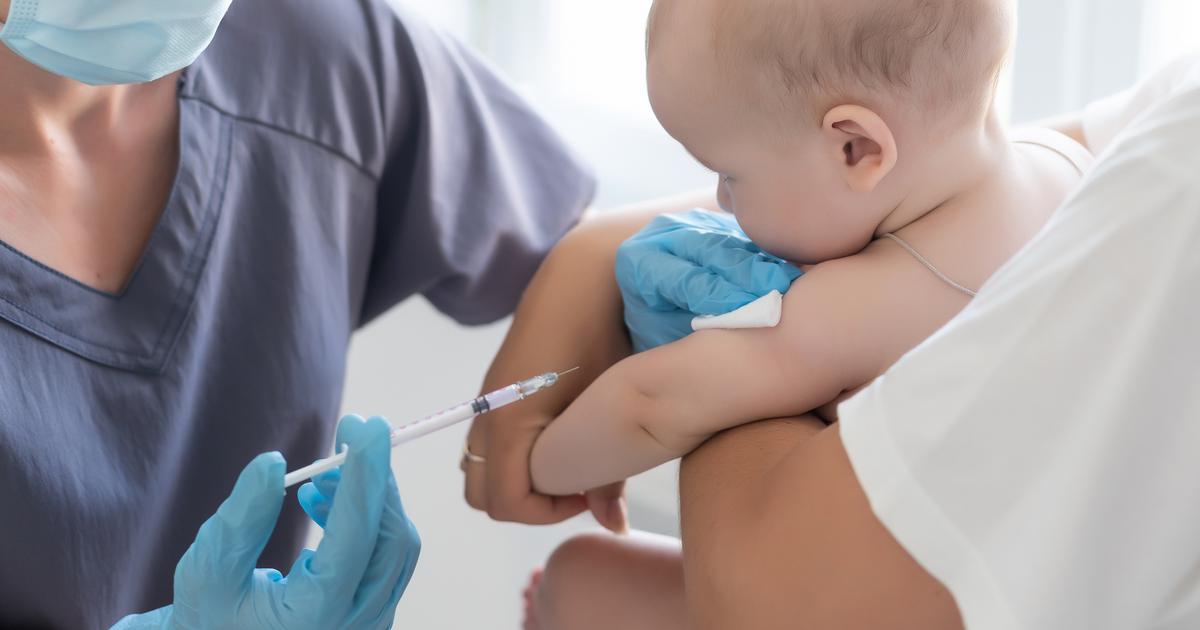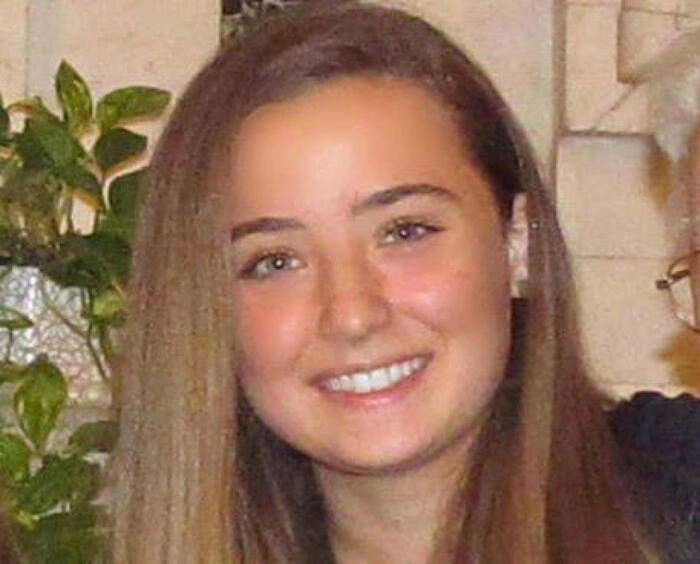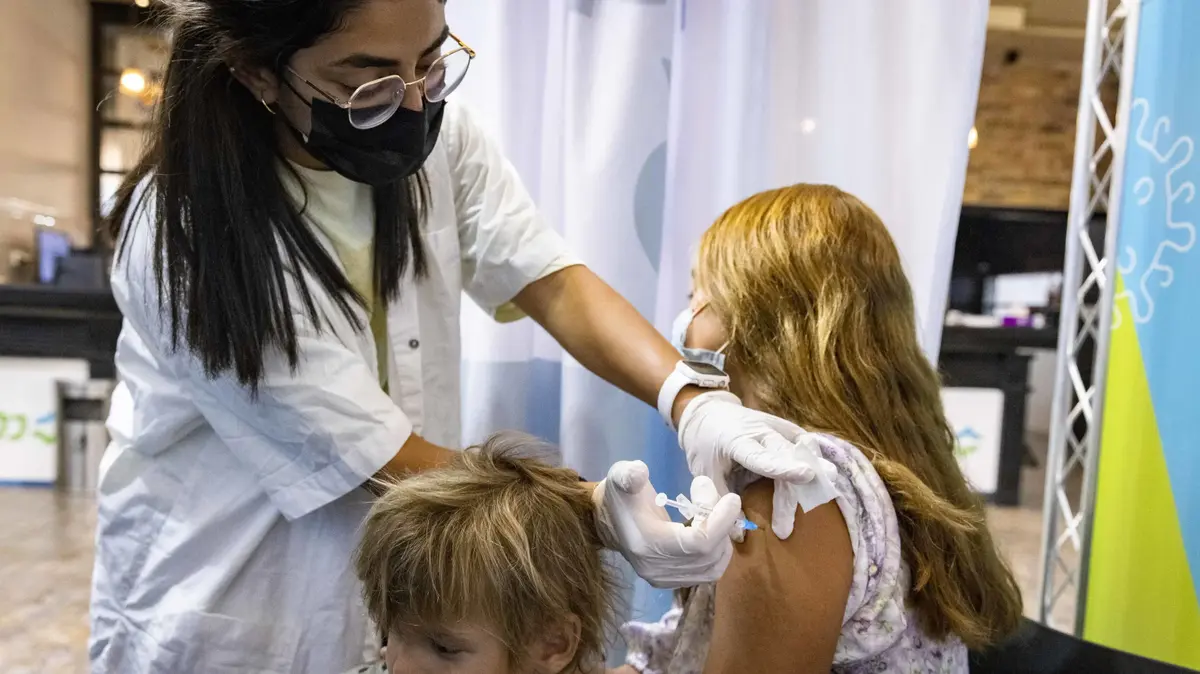(CNN) -
When British-Swedish pharmaceutical company AstraZeneca announced on Monday that its experimental coronavirus vaccine is 70% effective on average, the world heaved a collective sigh of relief and stocks rebounded.
Another vaccine had arrived with promising results.
But the lack of clarity on various aspects of the AstraZeneca vaccine trials raised some eyebrows in the scientific community, which could delay the timing of the vaccine's authorization in Europe and the United States.
AstraZeneca said Monday that study participants in the UK received two different courses of the vaccine.
The drug manufacturer, which developed the vaccine with the University of Oxford, however, at the time, did not explain why they used two different dosage regimens or why the size of one group was significantly smaller than the other.
In one group, 2,741 participants received a half dose of the vaccine and then a full dose at least a month later.
This group was 90% protected against covid-19.
advertising
LOOK: The AstraZeneca and Oxford University vaccine is more effective if applied in this way
In the second group, 8,895 participants received a full dose followed by another full dose at least one month later.
This group was only 62% protected.
That's why AstraZeneca says its vaccine is 70% effective, on average.
But some scientists wonder why the company would report a combined result from two different trials, since it deviates from standard reports on clinical trials.
And in the days after that announcement, another point of confusion has emerged.
On Tuesday, Mene Pangalos, AstraZeneca's executive vice president who heads non-cancer research and development, explained for the first time to Reuters that a laboratory error was the reason some volunteers had received a smaller dose, the dose that resulted be 90% effective.
"The reason we received half the dose is by chance," Pangalos said, adding that the researchers "had underestimated the dose of the vaccine by half."
In a statement Wednesday, the Oxford communications manager for vaccines told CNN that 'dose selection for any new vaccine is a complicated area, and in exploring dose selection methods, we found that one gave one more dose lower than expected ».
Oxford released more details Thursday, saying in a statement to CNN that a "difference in the manufacturing process" had led to the error.
That manufacturing issue has since been corrected, according to the statement, noting that the UK regulator overseeing the test had agreed to include "both approaches" in Phase 3.
In this undated photo released by Oxford University this week, a researcher from the Oxford Vaccine Group works on the AstraZeneca-Oxford coronavirus vaccine.
While AstraZeneca and Oxford face criticism for transparency, having failed to mention the error in their press release announcing the results or in a press call on Monday, the company believes the world should focus on the positive test results. .
Speaking to the Wall Street Journal on Wednesday, AstraZeneca Executive Vice President Menelas Pangalos said: “The mistake is really irrelevant.
"Regardless of how you slice the data, even if you just believe in the full dose data, ... We still have an efficacy that meets the approval thresholds with a vaccine that is above 60% effective," Pangalos noted, according to the WSJ.
AstraZeneca and Oxford have yet to submit a candidate for the interview, as requested by CNN.
The US Food and Drug Administration (FDA) requires a threshold of at least 50% efficacy.
However, it is unclear whether the FDA will authorize emergency use.
AstraZeneca has yet to test its medium dose in the US either.
But on Thursday, a company spokesperson told CNN its goal was to include the half-potency dose regimen in its US trials, which currently have about 10,000 participants.
The spokesperson said the company expects to recruit about 40,000 volunteers in total, some of whom would receive the half-dose vaccine.
They added that they were in "ongoing discussions" with the FDA for approval, adding that nothing formal had been announced.
MORE: AstraZeneca Vaccine Data Raises Questions Among Experts
On Monday, Dr. Paul Offit, a member of the FDA's Vaccines and Related Biologicals Advisory Committee, which will review covid-19 vaccines before they go on the market, said the lack of data that led to their conclusions he made is "difficult to know the meaning of his findings."
When two other major drug makers, Pfizer and Moderna, released their efficacy results earlier this month, they did include the data that led to their results.
AstraZeneca presented an analysis of 23,000 participants in its phase 3 trial.
He said some participants received the Covid-19 vaccine, while others received a different vaccine for an unrelated virus or placebo injections.
A total of 131 study participants developed COVID-19, according to AstraZeneca, but they did not say how many of those people had received the vaccine.
What is also unclear is why the two-dose regimens produced such different measures of efficacy.
The lead investigator for the Oxford trial, Professor Andrew Pollard, told reporters Monday that it likely had to do with the delicate balance of dosing someone enough to trigger an immune response against disease.
"What we've always tried to do with a vaccine is to trick the immune system into believing that there is a dangerous infection it has to respond to, but doing it in a very safe way," Pollard explained.
So it may be that the best way to "jump-start the immune system" is to give the body a small amount of the vaccine to start with, then follow up with a larger amount, he said.
In response to whether he was genuinely confident that the 90% success rate of the half-dose group was not just a characteristic of a small sample size, Pollard said the result was "very significant ... even with the numbers we have."
But experts wonder if those results will hold up if more people take the lower-dose regimen.
In a call with reporters on Wednesday, US vaccine czar Moncef Slaoui said they were reviewing the AstraZeneca vaccine data.
He indicated that the group that received the wrongly lowest dose that produced 90% efficacy had been a younger group, with no one older than 55 years.
That could potentially affect the strength of AstraZeneca's findings, given that young people tend to produce stronger immune responses to vaccines.
MORE: The Oxford AstraZeneca vaccine shows 70% 'average efficacy', up to 90% with a regimen
Both Oxford and AstraZeneca told CNN on Thursday that they were unable to give a breakdown of the ages of the people who received the vaccine in that smaller group.
An AstraZeneca spokesperson told CNN on Thursday that "given the high efficacy we have now seen with the different dosing regimens, there is great merit in continuing to investigate these findings to establish the most effective dosing regimen for the vaccine."
He added that the company is in discussions with regulators around the world to evaluate the findings and that they await the publication of peer-reviewed results.
However, Dr. Saad Omer, a vaccine specialist at Yale School of Medicine, believes that the group with a 90% efficacy rate is relatively small, and results may not be sustained when more people receive this regimen. .
"I hate criticizing my fellow academics, or anyone else," he said, "but spreading information like this is like asking us to try to read tea leaves."
AstraZeneca's shares have fallen more than 6% since its announcement on Monday.
AstraZenecaCoronavirus Vaccine








